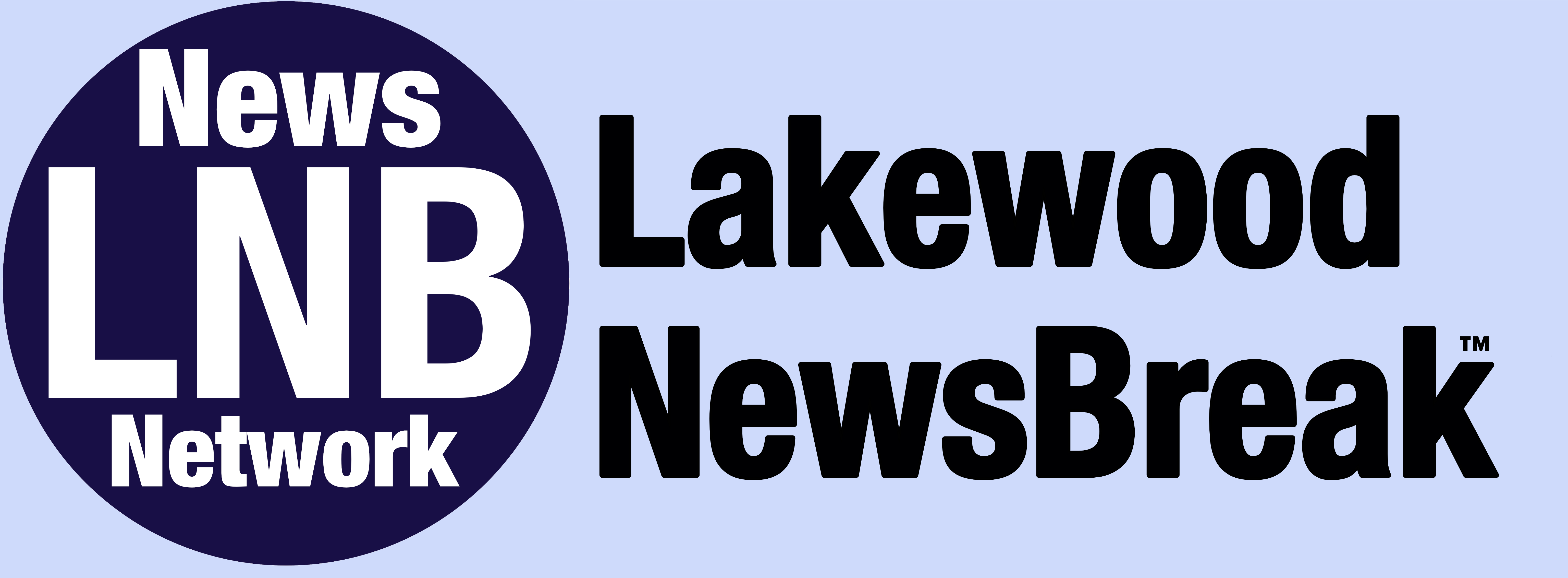When my job required me to return to the office, I used my emergency fund to quit. It worked out, but I should have saved more.
When my job announced we were returning to the office, I was able to quit and rely on my emergency fund while job searching. I still wish I had saved more.
The offers and details on this page may have updated or changed since the time of publication. See our article on Business Insider for current information.
Affiliate links for the products on this page are from partners that compensate us and terms apply to offers listed (see our advertiser disclosure with our list of partners for more details). However, our opinions are our own. See how we rate products and services to help you make smart decisions with your money.
Kit Pulliam; Derek Abella for BI
- In 2022, my employer announced that we'd to the office after two years of working remotely.
- After weighing my options, I quit. I relied on my emergency fund while searching for jobs.
- This article is part of "Milestone Moments," a series about financial planning for major life events.
In late February 2020, I started my first full-time office job. When the COVID-19 pandemic hit about a month later, I started working remotely.
For two years I continued to work from home, and I found that it worked much better for me than working in person did. When my company required us to return to the office three days a week, the added stress and commuting time convinced me I needed to look elsewhere for a remote job. But I found myself too tired to effectively job search at the end of the workday.
I weighed my options, checked my emergency fund, and decided to quit my job before finding another position. I don't regret doing it, but I wish I'd used more effective methods to build up my emergency fund beforehand — such as creating a budget and using a high-yield savings account — so I'd have more time to find a job that was a good fit for my career goals.
What I could have done better when saving
When I quit, I had enough money in my emergency fund to cover my expenses for about five months. This gave me enough time to find another remote job, which I did in about two months, but it didn't give me enough time to be picky. I ended up taking a contract job that wasn't a great fit for my career goals or skills. By the end of my first year at this new job, I'd transitioned to doing only occasional freelance work, leaving me without a primary source of income for several months.
If I had been more careful about building an emergency fund while working at my old job, I would have had more time to search for a new one. My biggest mistake was keeping all my money in a checking account. While my checking account was technically interest-bearing, I would've gotten a much better rate if I used a high-yield savings account to build my money. I left several hundred dollars' worth of interest on the table that would've helped during the job search.
My second big mistake was not having a plan for how to budget. Being frugal allowed me to save up even with my relatively low salary, but I didn't have a big-picture idea of what my paycheck was going toward or how much I was saving each month. If I'd had a budgeting plan, I would have not only been able to save money more effectively but avoided significant stress wondering what I could and couldn't afford to do.
How I've improved my emergency fund
Now that I'm in a place where I can build my emergency fund up again, I've been doing things a little differently to help reach my savings goals.
Instead of keeping all my money in my checking account, I've opened an Ally savings account. While there are high-yield savings accounts with higher interest rates out there, I'm still earning a good rate with Ally, and I appreciate the account's perks and lack of monthly service fees.
I've also started following the 50/30/20 rule, which says you should put 50% of your income toward your needs (such as housing and bills), 30% toward wants (for me, things like new books and games), and 20% toward debt or savings. This budgeting strategy works well for me because I get paid the same amount each pay period, so I don't have to recalculate the percentages each month. It's also easier for me to follow than a traditional zero-balance budget, which requires you to keep track of each dollar you save and spend.
I'm very lucky not to have any debt I need to pay off, so I put the full 20% into my savings. Each month I max out my health-savings-account contributions, put some money into a 401(k), and put the rest into my savings account.
I love the job I have now, and I don't plan on leaving anytime soon. But with my new saving and budgeting strategies, I can feel more prepared in case of layoffs, health emergencies, or other unexpected events. I can also start building toward my financial goals and working harder on my retirement plan.










